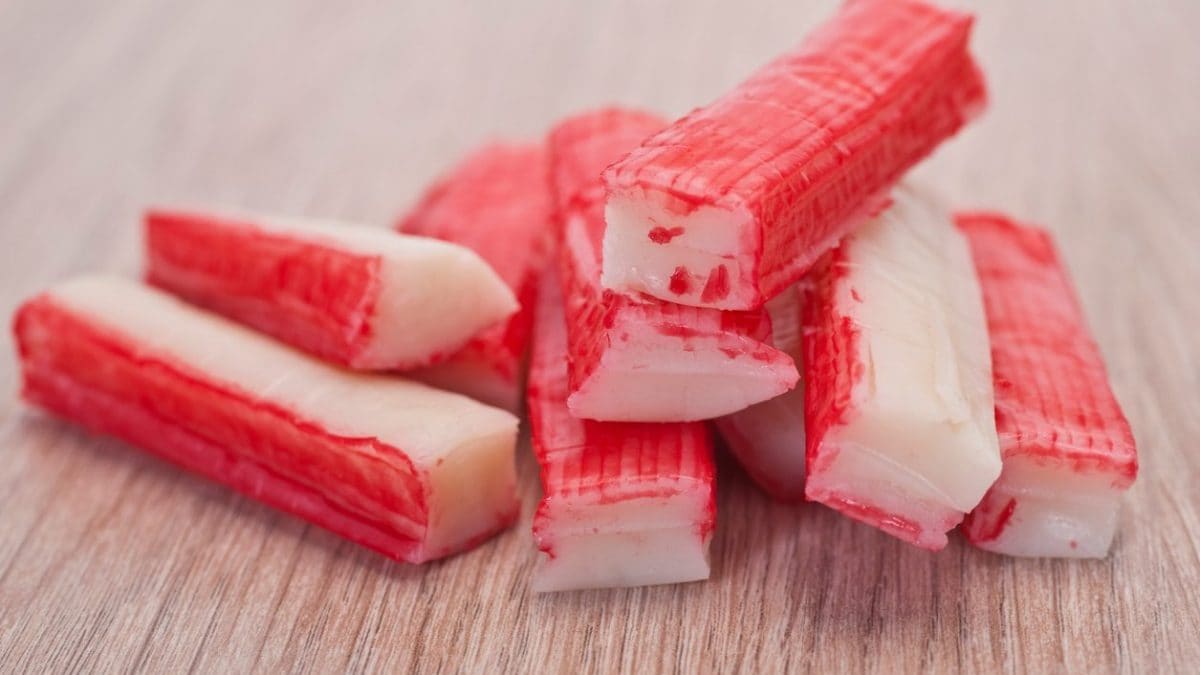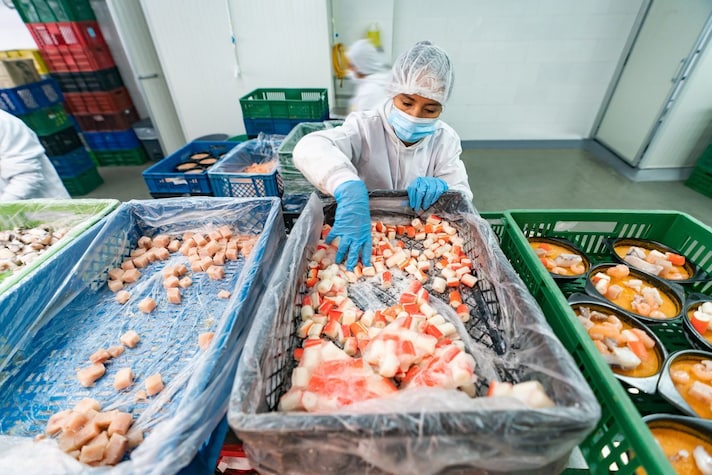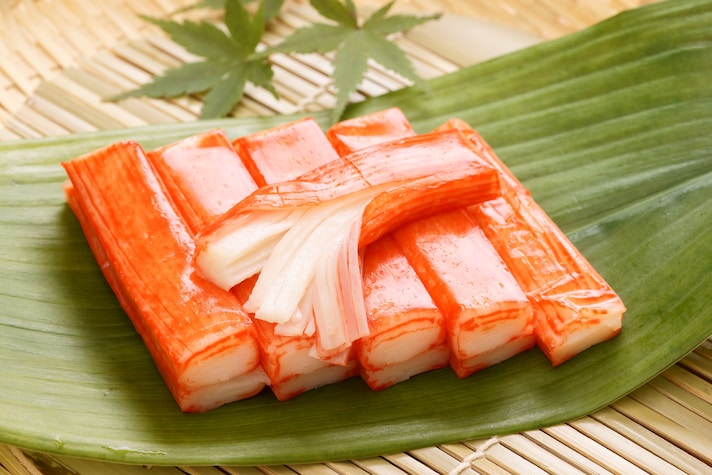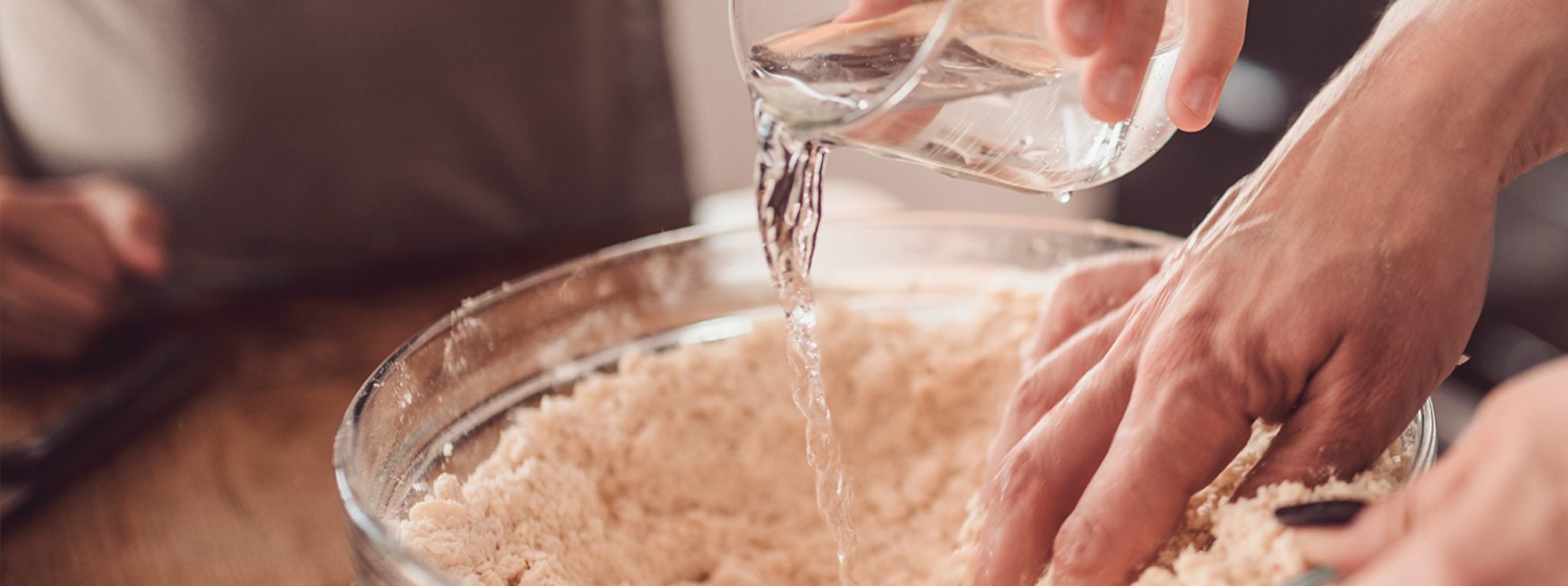
Have you seen it many times at the supermarket or on the menu of Japanese restaurants and wondered what it was? We are talking about surimi, a food product that is sold in the form of crab sticks but that have very little of the famous crustacean with claws. Considered an economical alternative to this, surimi is not exactly a pure fish product that often raises several questions regarding its nutritional quality. Today we explain what this dish is and why you should avoid buying it.
Crab? No, Industrial Waste!
Perhaps the only inviting thing about surimi is its price, considering that it is sold as fish but only vaguely resembles a fish product in taste. What we are actually buying when we decide to put crab sticks in our shopping cart is a pulp made from scraps of white fish, such as cod or monkfish. This is transformed into a smooth paste, processed and flavored to take on the taste and appearance of other seafood or crustaceans such as crab and shrimp.
In Japan, surimi means "minced fish" and, unlike the industrial one, it is some cuts of fish flavored with different spices and steamed. These are given a loaf shape to become the real traditional surimi used in Japanese cuisine. The one you buy at the supermarket instead comes from a long industrial processing.
Another interesting fact about surimi that can be purchased at the supermarket is that, as far as this product is concerned, there are no legal requirements regarding the indication of the fish species used on the label. Inside this mysterious product there could also be other things, such as excessive amounts of sodium, unauthorized preservatives or in high quantities, the addition of sulfur dioxide, metals and pesticides. Although sold as a cheap alternative to fish or crab, this obviously does not have the same nutritional value and does not provide the same health benefits found in fresh fish.

Why You Should Never Buy It
This product comes from a complex industrial process, so I'll list a series of points for which you should avoid buying it at the supermarket.
- Low nutritional value: the waste it is made of is low in healthy fats and omega-3. There is a large presence of starches and additives that further reduces the nutritional quality of the product. Basically, while fresh fish is an excellent source of proteins, vitamins and minerals, surimi is definitely lower in all these essential nutrients listed.
- Additives and preservatives: contained in surimi can have negative health effects such as food allergies, digestive disorders or sodium overload. The most common include monosodium glutamate, artificial colors and flavors. These ingredients are added to the product to improve its flavor and preservation.
- It is not sustainable: Many fish used to produce surimi come from intensive fish farms that are not fished sustainably. This can contribute to the decline of fish populations and the degradation of marine ecosystems. Producing surimi with fish from unsustainable farms could cause damage to the environment and biodiversity.
- Tastes remotely like fresh fish: Although it is made to mimic the taste or texture of crab, surimi will never compete with fresh fish in freshness and quality. The texture is rubbery and the flavor may be artificial.

To make a healthy and sustainable food choice, I recommend you opt for fresh fish, preferably sustainably caught. Avoiding surimi will not only contribute to a more balanced diet, but will also help reduce the environmental impact related to the production of this highly processed product.
;Resize,width=767;)
